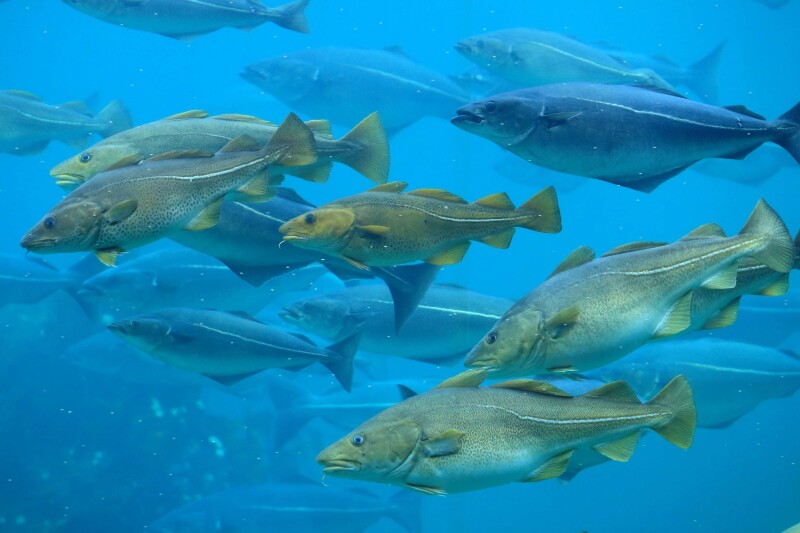The New England Fishery Management Council (NEFMC) has finalized Groundfish Framework Adjustment 69, setting the stage for significant changes to Atlantic cod management across New England waters. The action centers on four newly defined cod stock units, which aim to improve conservation efforts while balancing industry viability.
Cod stocks will now be divided into four geographic units: Eastern Gulf of Maine, Western Gulf of Maine, Georges Bank, and Southern New England. This decision reflects new scientific research indicating distinct biological and environmental differences among these regions. By tailoring management measures to each area, NEFMC hopes to more effectively address decades of stock declines.
New Catch Limits and Sub-ACLs
A key aspect of Framework 69 is the establishment of separate annual catch limits (ACLs) for each of the new cod units. These limits will form the foundation for sub-ACL allocations to sectors and common pool fisheries, directly impacting how groundfishermen operate across New England.
While the ACLs aim to ensure sustainability, concerns persist among fishermen about the economic impact of reduced quotas. Cod remains a cornerstone species, and managing it carefully is critical for both stocks and livelihoods.
Temporary Recreational Possession Bans
Framework 69 also introduces temporary recreational possession bans for Southern New England cod. This measure, implemented alongside stricter buffers for management uncertainty, reflects an urgent need to address the particularly fragile status of this stock.
Though controversial, NEFMC emphasizes that the bans are temporary and part of a broader strategy to rebuild cod populations. Some recreational anglers worry these restrictions could ripple across local economies reliant on charter businesses and tourism.
Why It Matters for Fishermen
Fishermen have long expressed concerns over Atlantic cod management, particularly as stock assessments paint a grim picture year after year. By redefining the stocks into more precise geographic units, Framework 69 offers an opportunity for targeted recovery strategies. For example, healthier units like Georges Bank cod could see tailored flexibility, allowing fishing opportunities where stocks are more robust.
Still, the industry remains cautious. Many are looking to NOAA Fisheries’ upcoming review and approval process to ensure that Framework 69 balances biological recovery goals with real-world fishing impacts. The Council stressed its commitment to finding that middle ground, an approach that supports stock rebuilding without jeopardizing the viability of New England’s iconic groundfish fleet.
With the Council’s final vote secured, Framework 69 will move to NOAA Fisheries for review and implementation. If approved, the new measures are expected to take effect for the 2025 fishing year.
For commercial fishermen, recreational anglers, and those who depend on New England’s ground fishery, the next steps will be critical. This adjustment isn’t just about regulations; it’s about the future of a species, a fishery, and a way of life.
Read the full press release here.







